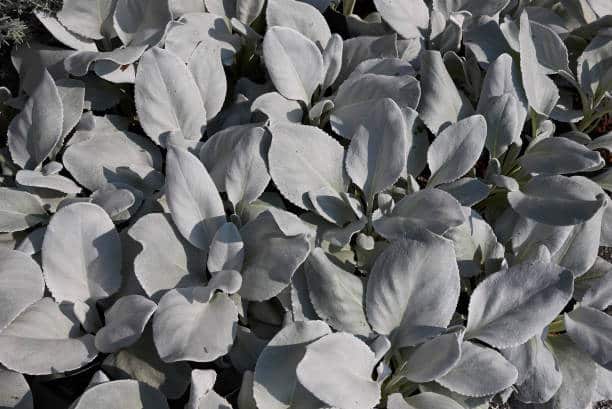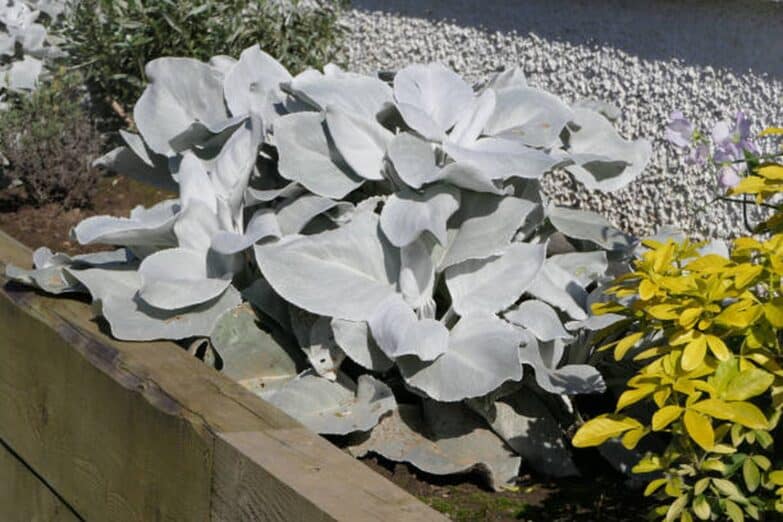Stepping into the world of houseplants introduces us to a myriad of fascinating varieties. Among the most enchanting is the Angel Wings Plant. With its divine, silver-colored leaves that evoke the image of ethereal angel wings, this plant holds a unique aesthetic appeal that enhances the charm of any indoor space. Beyond the visual appeal, the Angel Wings Plant boasts air purifying qualities, contributing to a healthier home environment. Let’s take a comprehensive look at the Angel Wings Plant and discover how to nurture this delightful addition to your indoor garden.
Understanding the Angel Wings Plant
The Angel Wings Plant, known scientifically as Senecio Candicans, is a native of South America. Over recent years, it has won the hearts of indoor plant enthusiasts due to its stunning silver foliage and easy-care routine. The plant’s leaves are covered in fine white hairs, giving it a distinctive silvery appearance and a tactile, velvety feel.
The Allure of the Angel Wings Plant
What sets the Angel Wings Plant apart is its striking visual appeal. With its silvery-white leaves and sturdy form, it adds a focal point to any indoor setting. Its ability to thrive in varying conditions makes it an ideal choice for both novice gardeners and those with a seasoned green thumb. Additionally, the plant is known to purify indoor air, contributing to a healthier living space.
Cultivating Your Angel Wings Plant: Key Considerations
While the Angel Wings Plant is not overly demanding, certain care guidelines are essential to ensure it thrives. Let’s delve into these critical care aspects.
Light Requirements
The Angel Wings Plant prefers a balance in lighting – it thrives in bright but indirect light. Excessive direct sunlight can harm its delicate leaves, leading to scorching. Conversely, insufficient light may result in leggy growth. The ideal spot for your Angel Wings Plant is near a brightly lit window shielded by a sheer curtain or a location that receives filtered sunlight.
Water and Soil Needs
The Angel Wings Plant prefers a well-draining soil to prevent potential root rot, a condition that arises from excessive water in the soil. A balanced watering approach is vital; the plant prefers the top layer of soil to dry out between watering sessions. A waterlogged plant is prone to fungal issues and root diseases.
Temperature and Humidity Preferences
This hardy plant can endure a range of temperatures but finds the sweet spot between 60°F and 75°F. The plant isn’t particularly finicky about humidity and can comfortably tolerate dry indoor air conditions.
Pruning and Propagation: A Guide to Healthy Growth
Pruning for Health and Beauty
Pruning is beneficial for maintaining your Angel Wings Plant’s size and shape. Regular removal of yellowing or wilting leaves keeps the plant healthy and encourages lush growth. It also allows for the plant’s energy to be redirected towards newer, healthier growth.
Propagation: Multiply Your Angel Wings Family
The Angel Wings Plant is propagated through leaf cuttings. Simply take a healthy leaf, let it dry for a few days, then plant it in a well-draining soil mix. With proper care, you’ll soon see a new Angel Wings Plant begin to grow.
Addressing Common Angel Wings Plant Issues

Despite its easy-going nature, the Angel Wings Plant may occasionally face some issues. However, most of these can be remedied with prompt and proper care.
Wilting or Yellowing Leaves
Overwatering is a common cause for wilting or yellowing leaves. If your Angel Wings Plant’s leaves start turning yellow, review your watering routine and check that the plant isn’t sitting in waterlogged soil.
Lack of Growth or Leggy Growth
If your plant isn’t growing well or is growing leggy, the culprit may be insufficient light. Consider moving the plant to a brighter location or supplementing natural light with artificial plant lights.
Pests and Diseases
Like many houseplants, Angel Wings may occasionally face issues with pests such as aphids or diseases like powdery mildew. Regular plant inspections, proper watering routines, and good air circulation can help prevent these issues.
Conclusion
With its ethereal beauty and easy-care nature, the Angel Wings Plant can bring a touch of divine elegance to your indoor garden. By understanding the plant’s needs and providing the right care, you can enjoy the beauty and benefits of this unique houseplant. As you delve into nurturing your Angel Wings Plant, you’ll find that it’s not just the aesthetic appeal that it adds to your space but also the joy of caring for such an extraordinary plant. No wonder it’s often said that the Angel Wings Plant truly offers a heavenly gardening experience.

